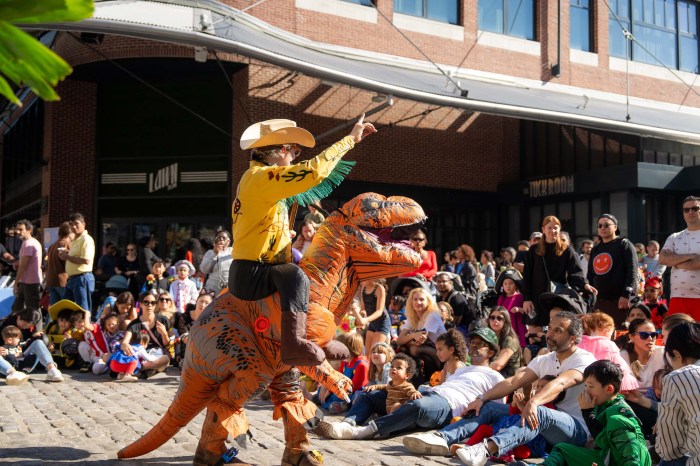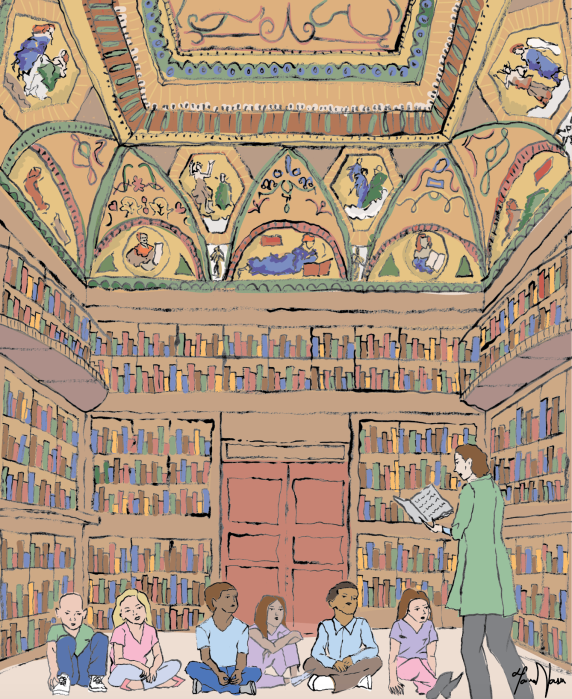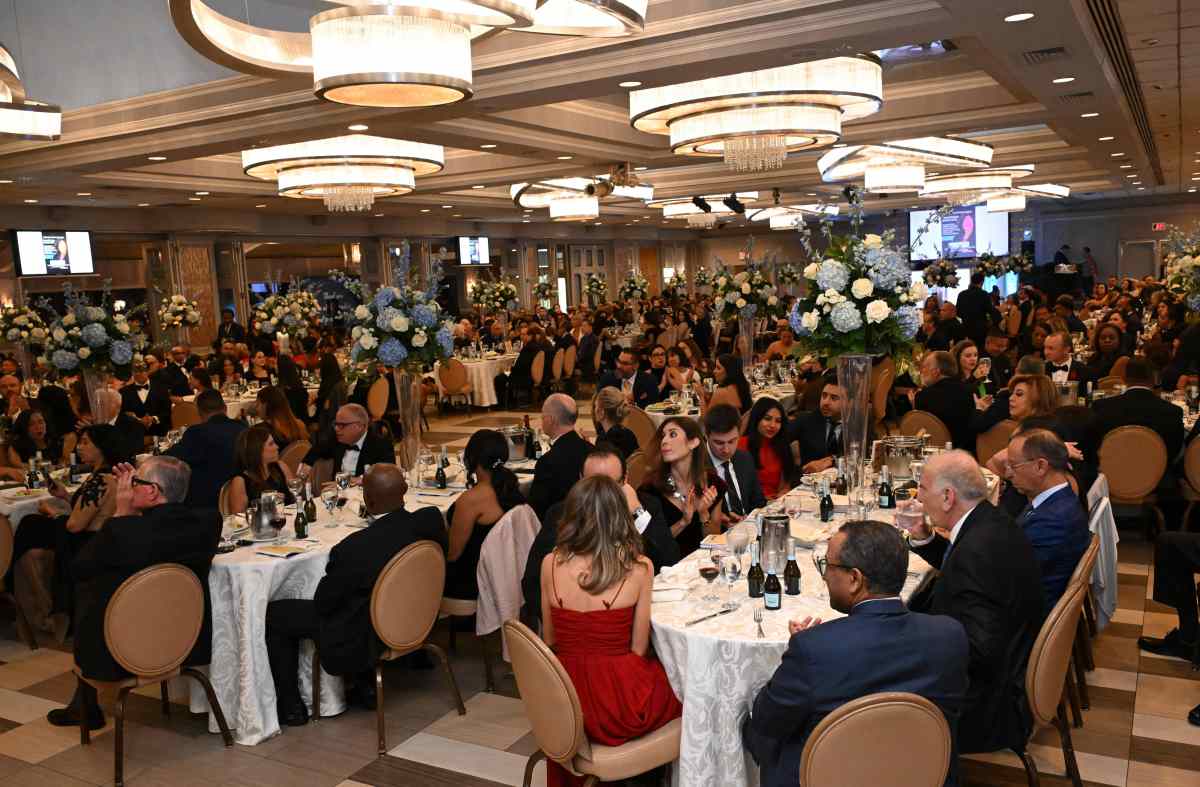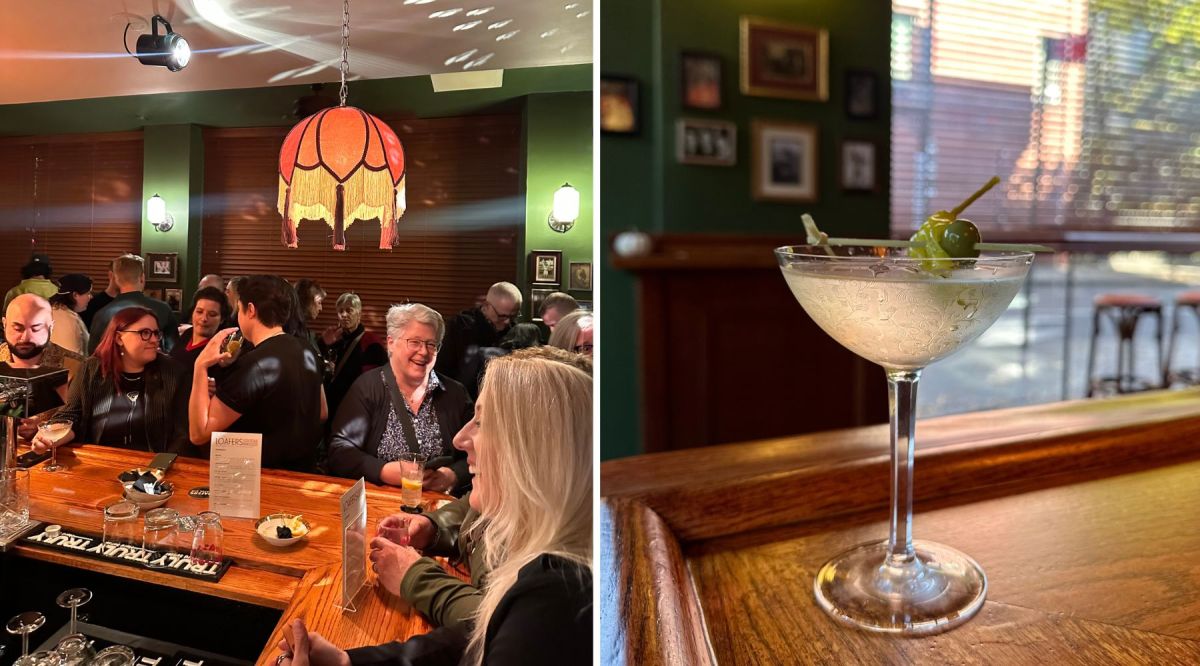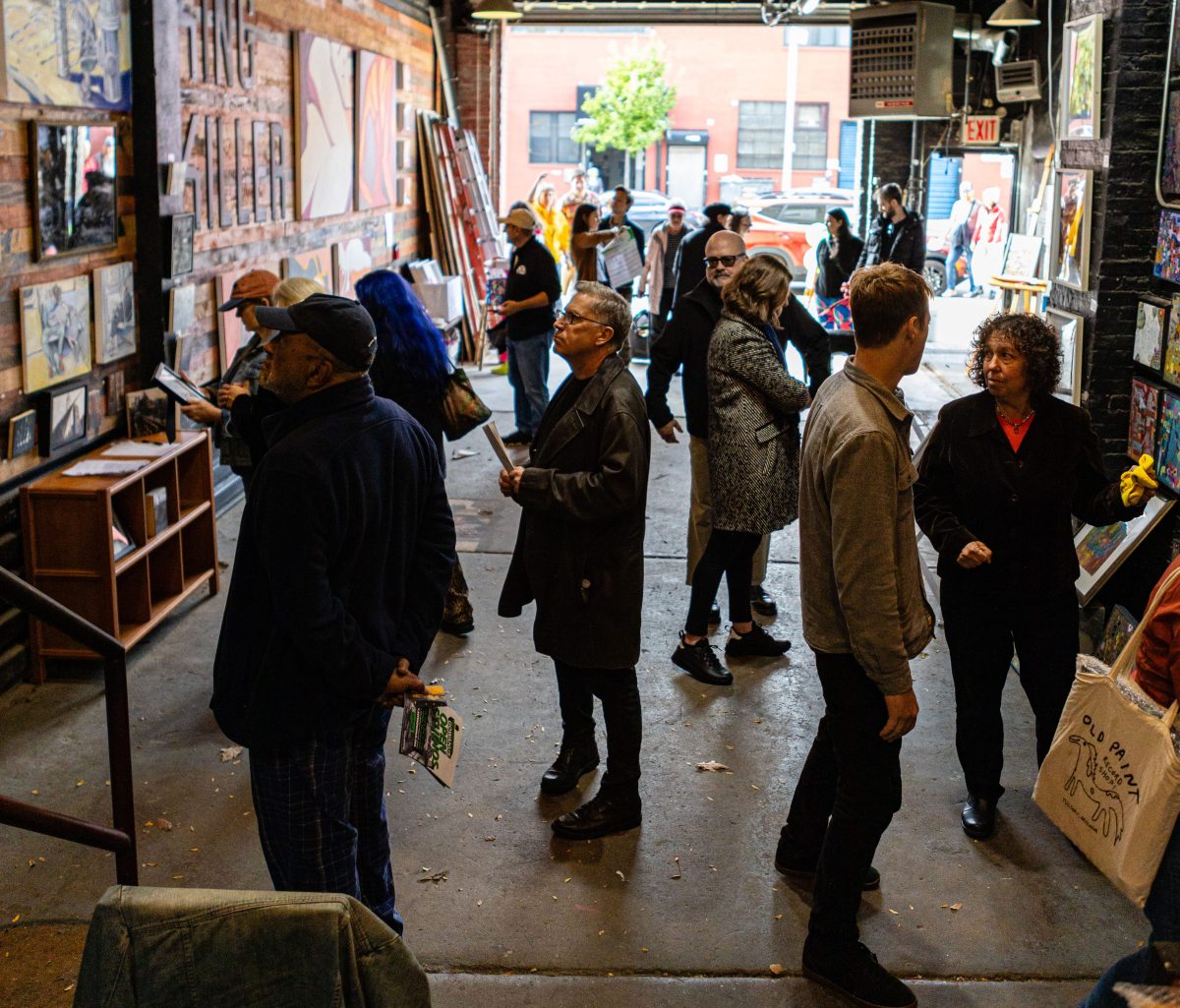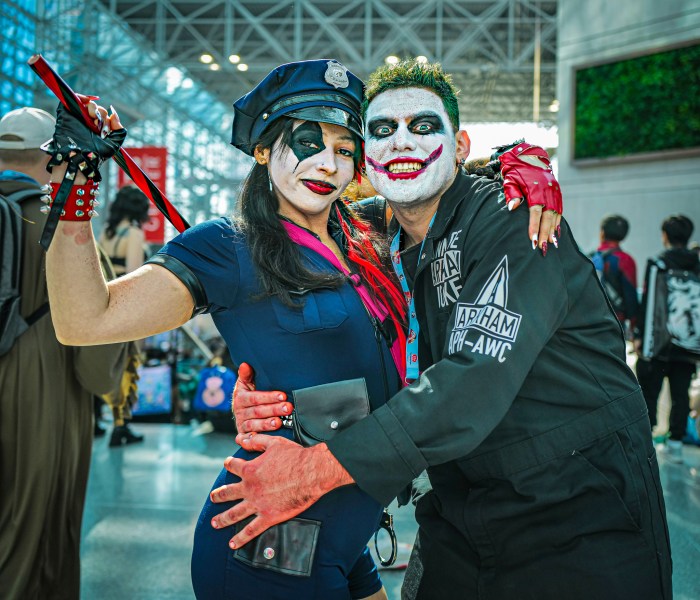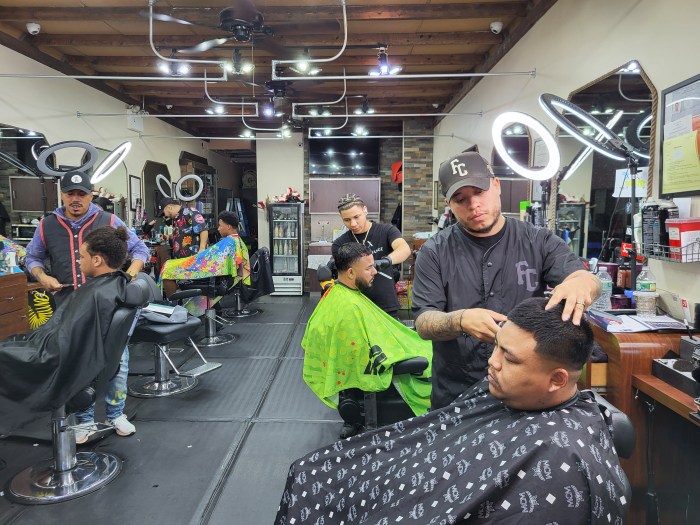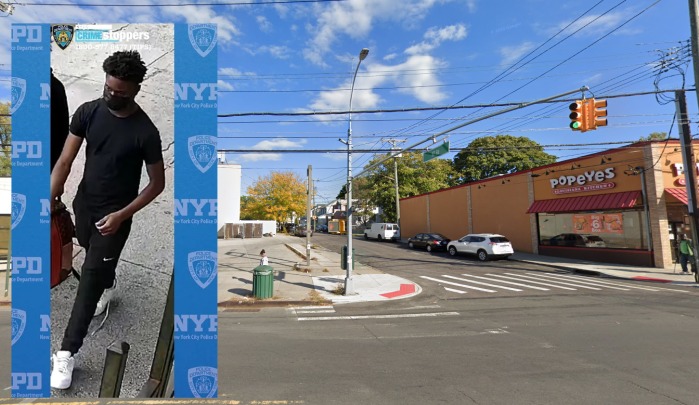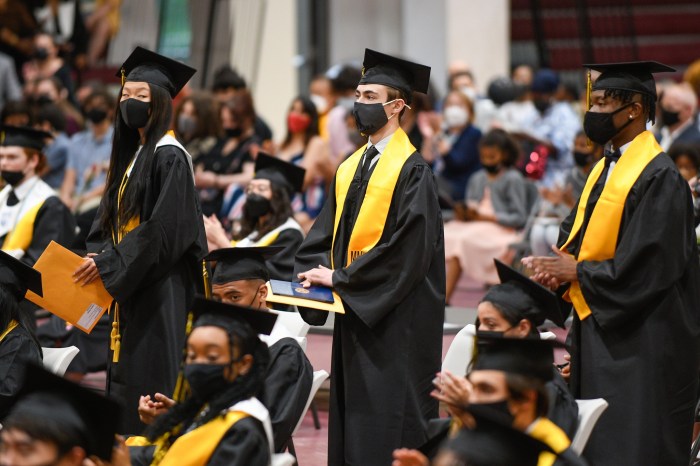
When she was a young dancer in Washington, D.C., Virginia Johnson recalls the director of her ballet school telling her, “You’re never going to be a ballet dancer because there are no black ballet dancers.” Determined, in 1968 she moved to New York to attend New York University, but quickly became disillusioned with the heavy emphasis on modern dance.
“Somebody said, ‘You know, Arthur Mitchell is teaching ballet up in Harlem on Saturdays, so why don’t you go up there and get your ballet fix?’” Johnson says. “I did get on the A train and I went to Harlem.”
That same year, Mitchell — a Harlem native who made his debut as the first African American in the New York City Ballet in 1955 — had been preparing to leave for Brazil to open a ballet company. But when he heard that Dr. Martin Luther King Jr. had been assassinated, he canceled his trip.
“He wondered why he was going off to another country when there was so much work to be done here,” Johnson says. “He wanted to do what Dr. King had done, but he didn’t know how to make ballet change people’s lives. Until he looked around his neighborhood of Harlem, and he saw a generation of young people who had been written off, who had no future.”
That was the beginning of the Dance Theatre of Harlem. Founded in 1969 by Mitchell and Karel Shook with a focus on younger dancers, it was based out of a garage the Harlem School of the Arts had converted into a studio.
“I remember very clearly the summer of 1969. . . . In the hot blazing summer of New York [Mitchell] would throw open the garage doors to the street so we could get a breeze,” recalls Johnson, a founding member and current artistic director of the company, which this month begins a two-year celebration of its 50th anniversary. “The community walking up and down St. Nicholas, they’d look at these crazy people dancing and they would come in and they would sit down and watch. There was this real sense of something being made, something exciting and different.”
Influence in Harlem and beyond
In 1971, the company performed its first New York City show at the Guggenheim and toured Bermuda and the Caribbean. In 1992, just after the end of apartheid, it traveled to Johannesburg, South Africa, to join the first performance for a desegregated audience that included Nelson Mandela.
Yet it was a regular Philadelphia appearance in the early 1980s that struck Robert Garland.
“My first performance I ever saw was actually the Dance Theatre of Harlem at 10 years old,” Garland, 47, says.
Garland earned a bachelor’s degree — at the demand of his mother — from The Juilliard School in 1985, and “as soon as I had that hot degree in my hand I marched up to the Dance Theatre of Harlem.”
He joined the company as an apprentice, worked his way up to principal dancer and became the company’s first resident choreographer. “Return,” one of his first choreographed productions, was set to the music of James Brown and Aretha Franklin and received critical acclaim.
“I remember those dancers fulfilling what I always loved about Dance Theatre of Harlem, which was combining classical ballet with the African-American aesthetic,” Garland says.

African-American culture and influence in ballet was completely foreign before Mitchell began his work. And while Johnson and Garland are proud of the strides they’ve made to clear hurdles for ballet dancers of color, they readily acknowledge that racial barriers still exist for a wide range of people.
“We’ve always been a very multicultural space where people could come and experience art together unencumbered by the world,” Garland says. “That space for young people is even more crucial right now.”
Now more than ever
Growing up in Pittsburgh, Jau’mair Garland watched his sister dance competitively and knew he wanted to do the same. But he faced tremendous cultural and familial criticism.
“My mom didn’t want me to get into dance because it was supposedly not for boys, you know the stigma about that and stuff,” Jau’mair says. “So I wasn’t allowed to do it.”
The boys at school also made jokes; wearing tights was certainly out of the question.
But as fate would have it, when he was 10 he attended a summer camp that offered hip-hop dance, and he thrived. After he danced in front of his mom publicly for the first time at an end-of-camp performance, she enrolled him in the same dance school as his sister.
“She thought I was really good,” Jau’mair, now 16, says.
Ballet was still out of the question, but he embraced hip-hop and jazz competitions for the next several years, gleaning what ballet basics he could along the way. His first ballet class was in eighth grade at the Pittsburgh Creative and Performing Arts School. In high school, he met an African-American ballet teacher for the first time — Leslie Anderson-Braswell, a Dance Theatre of Harlem alum.
“She always talked about Dance Theatre of Harlem, and always brought it up to me that I should come here,” Jau’mair says.
He auditioned in Baltimore, where he met Robert Garland (who, as coincidence would have it, he discovered is a relative), and received a full scholarship for the company’s 2018 summer program.
For three weeks Jau’mair was surrounded by competitive dancers his age, as well as top-tier professional teachers, all of whom looked like him. He took his first ballet-partnering class (known as “pas de deux”) and only his second men’s class ever this summer. He also unlearned some things. Until this summer, he’d been taught to tuck his rear end so that it appeared flat. A “large” rear end was undesirable, he’d been told. But instructors at the Dance Theatre of Harlem rebuked the notion and instilled in him a body confidence that he’d never had.
“I feel very comfortable in my classes, which is very different from home. I’m used to being definitely the only black man, but the only black person in the room as well,” he said. “I feel just so happy here.”





